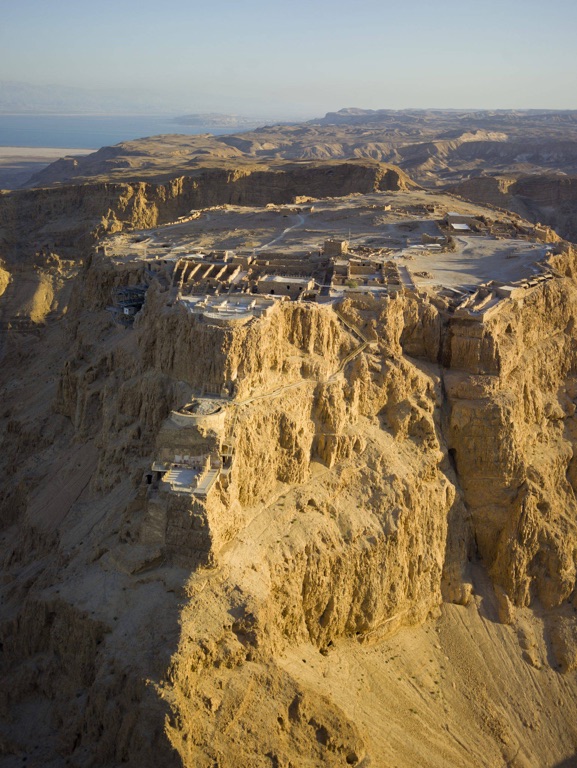Masada National Park, located in the Southern District of Israel, is a historic site that has become a symbol of heroism for the Jewish people. The park is home to the ancient fortress of Masada, which sits atop a plateau overlooking the Dead Sea. In 73 AD, this fortress was the site of a significant event in Jewish history, where Jewish rebels made a final stand against the Roman Empire. Today, the park offers visitors a chance to explore the ruins of the fortress, learn about its history, and enjoy the stunning natural beauty of the surrounding area.
Get your dose of History via Email
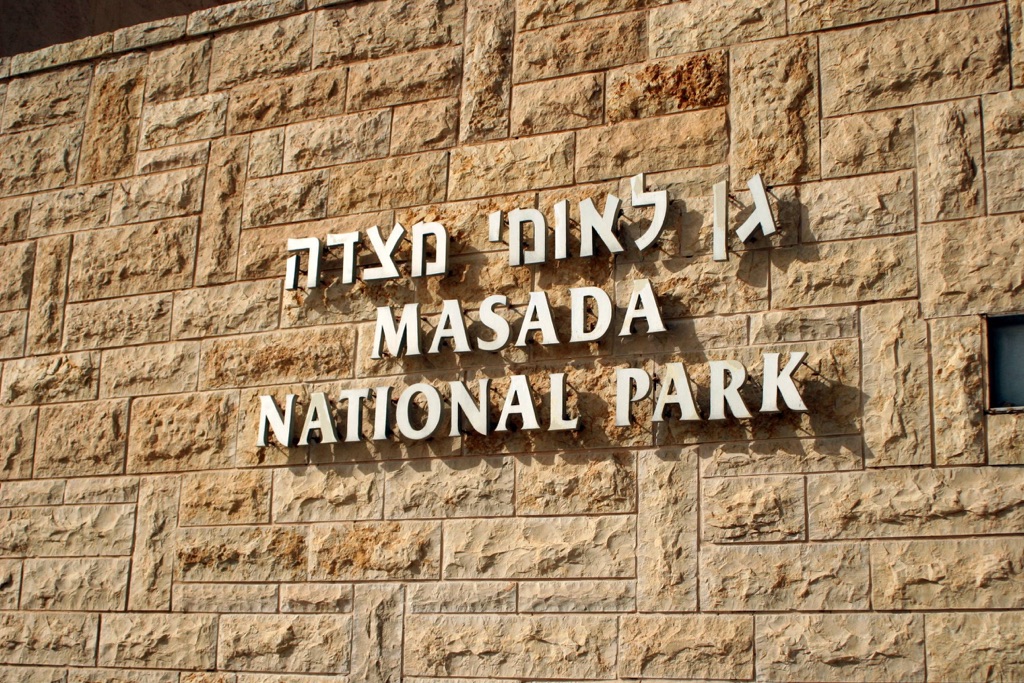
What archaeological discoveries have been made at Masada National Park?
Since the rediscovery of Masada in the 19th century, numerous archaeological excavations have taken place. These have unearthed a wealth of artifacts and structures that provide insight into the lives of the people who once lived there. Among the most significant discoveries are the remains of the fortress itself, including its walls, towers, and palaces.
One of the most impressive finds is the Western Palace, which was likely the residence of King Herod. The palace features intricate mosaics, frescoes, and other architectural details that speak to the grandeur of the time. In addition, numerous personal items such as pottery, coins, and scrolls have been found, shedding light on the daily lives of the fortress’s inhabitants.
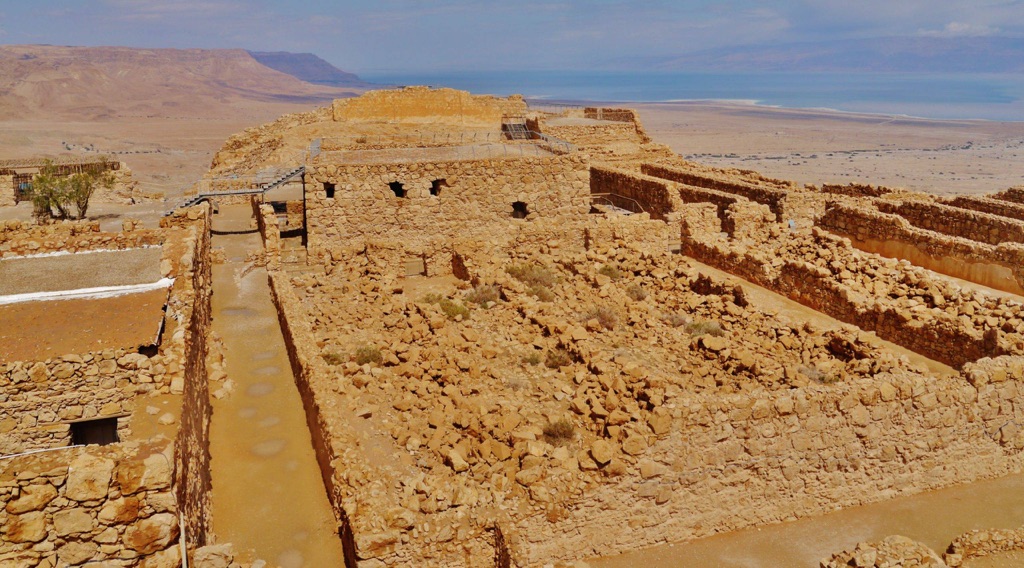
Another notable discovery is the synagogue, one of the oldest ever found. The synagogue contains an inscription room where the names of God and Jerusalem are inscribed, a rare find that has provided valuable insight into early Jewish religious practices.
Excavations have also revealed a complex water system, including cisterns and aqueducts, that allowed the fortress to sustain life in the harsh desert environment. This system is a testament to the engineering skills of the ancient inhabitants.
Finally, the remains of a Roman siege ramp and camp can still be seen, providing a stark reminder of the siege that led to the fall of Masada.
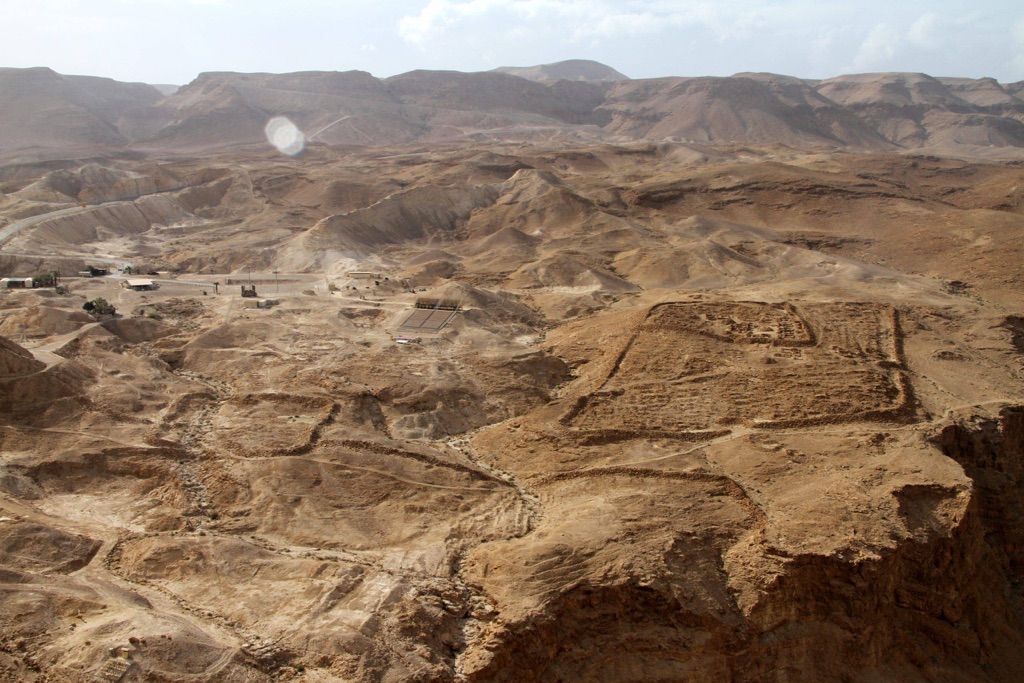
How did Masada become a symbol of Jewish heroism?
Masada became a symbol of Jewish heroism due to the events that unfolded there in 73 AD. According to historical accounts, a group of Jewish rebels, known as the Sicarii, held out against a Roman siege for several months. Rather than surrender, the rebels chose to take their own lives, a decision that has been interpreted as a powerful act of defiance against oppression.
The story of Masada was largely forgotten until the 20th century, when it was rediscovered and popularized by Israeli archaeologist Yigael Yadin. Yadin’s excavations and subsequent writings helped to transform Masada into a national symbol of resistance and resilience.
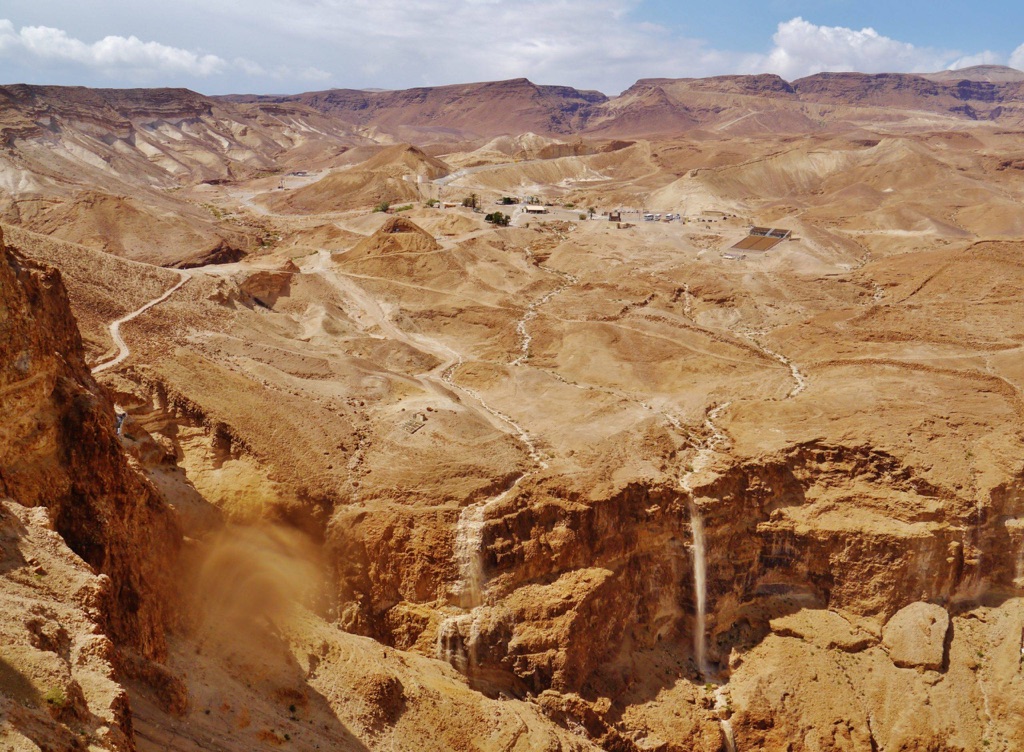
Today, the story of Masada is often recounted in Israeli schools and military training. The site has become a place of pilgrimage for many Israelis, who come to pay their respects and reflect on the sacrifices made by their ancestors.
However, the interpretation of Masada as a symbol of heroism is not without controversy. Some scholars argue that the story has been mythologized and that the reality was likely more complex. Despite these debates, the power of the Masada story continues to resonate with many people around the world.
Whether viewed as a symbol of heroism or a cautionary tale, Masada remains a potent reminder of the struggles and resilience of the Jewish people.
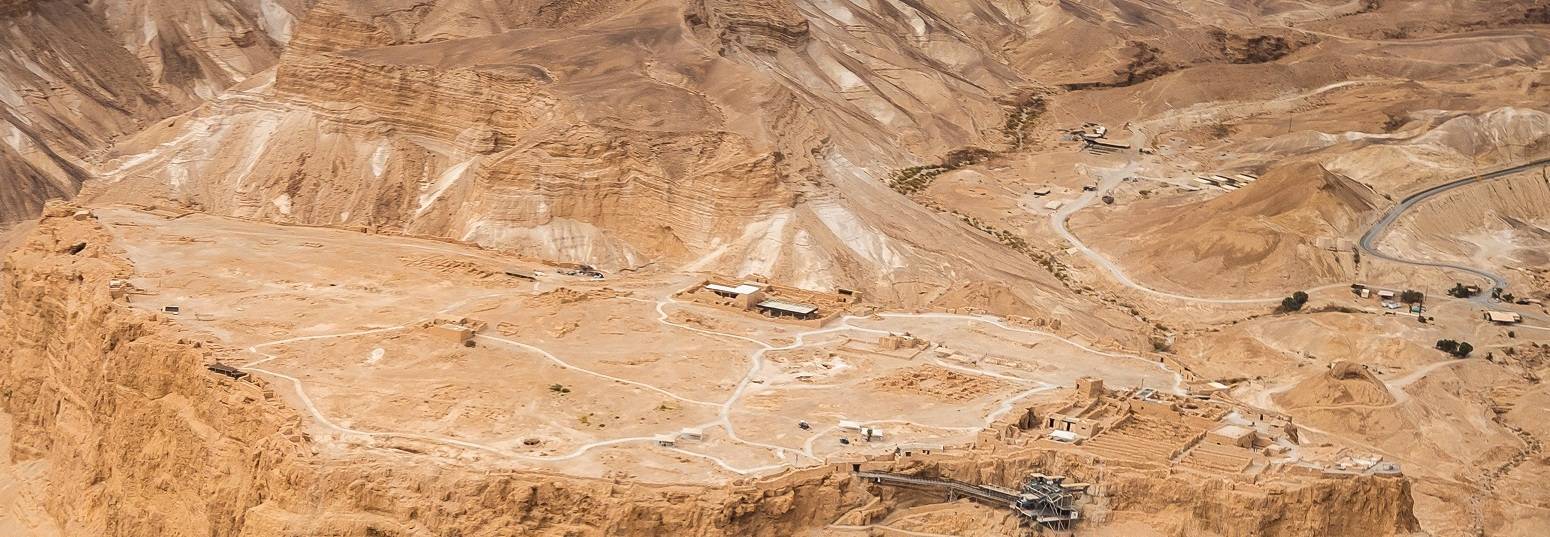
What can I learn at the Masada Museum?
The Masada Museum, located at the base of the Masada plateau, offers visitors a chance to delve deeper into the history and culture of the ancient fortress. The museum features a variety of exhibits that showcase artifacts unearthed during archaeological excavations, including pottery, coins, textiles, and personal items.
One of the highlights of the museum is a series of rooms that recreate the living conditions of the fortress’s inhabitants. These rooms feature lifelike figures and detailed dioramas, providing a vivid glimpse into the past.
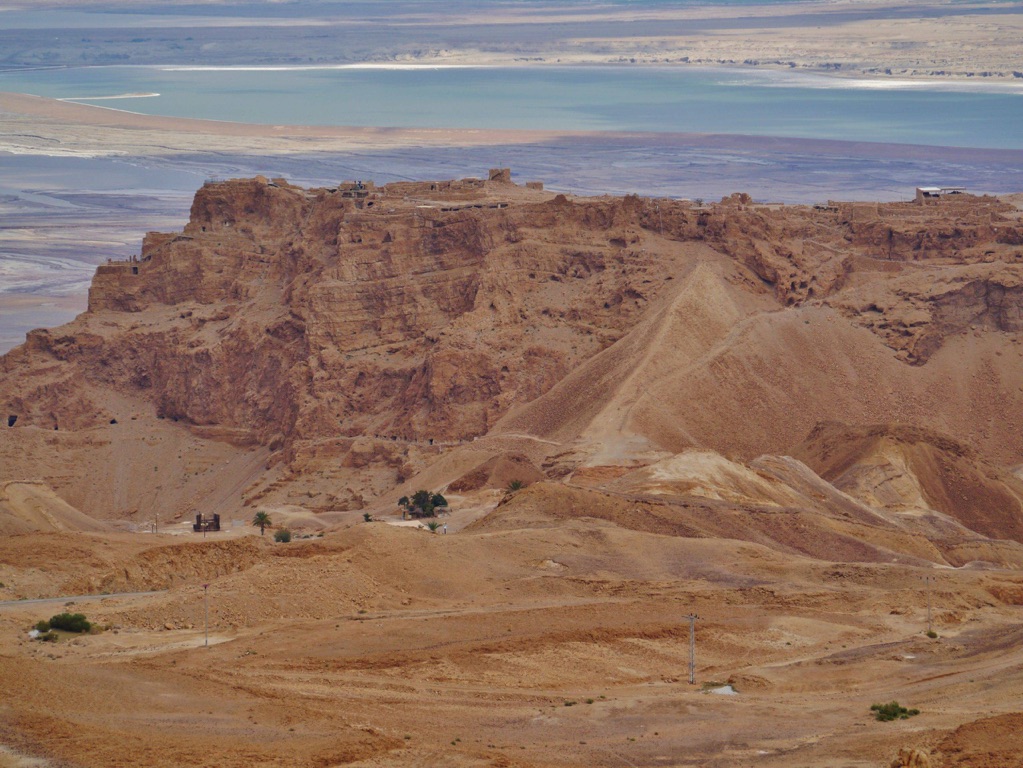
The museum also includes a number of interactive exhibits that allow visitors to engage with the material in a hands-on way. For example, visitors can try their hand at ancient crafts, such as pottery making or weaving.
In addition to its exhibits, the museum offers educational programs and guided tours. These programs provide further insight into the history of Masada and the people who lived there.
Overall, a visit to the Masada Museum is a must for anyone interested in history, archaeology, or the culture of the ancient Middle East.
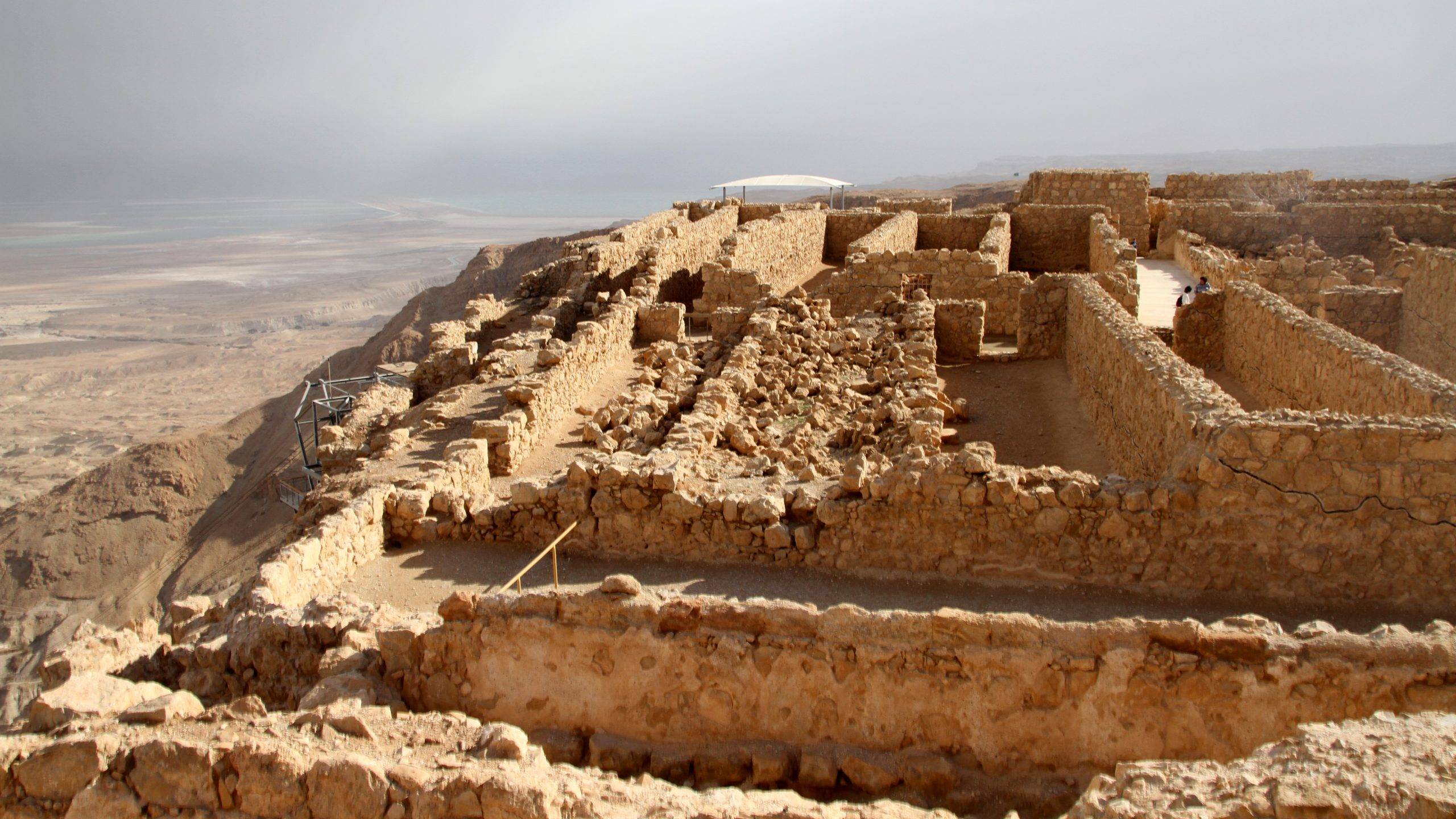
What are the operating hours and best time to visit Masada National Park?
Masada National Park is open year-round, with operating hours varying depending on the season. During the summer months (April to September), the park is open from 8:00 AM to 5:00 PM. In the winter months (October to March), the park is open from 8:00 AM to 4:00 PM. It’s worth noting that the last entry to the park is one hour before closing time.
The best time to visit Masada National Park is during the cooler months of the year, from October to March. During this time, the temperatures are more comfortable for hiking and exploring the ruins. However, even during these months, it’s advisable to start your visit early in the morning to avoid the heat of the day.
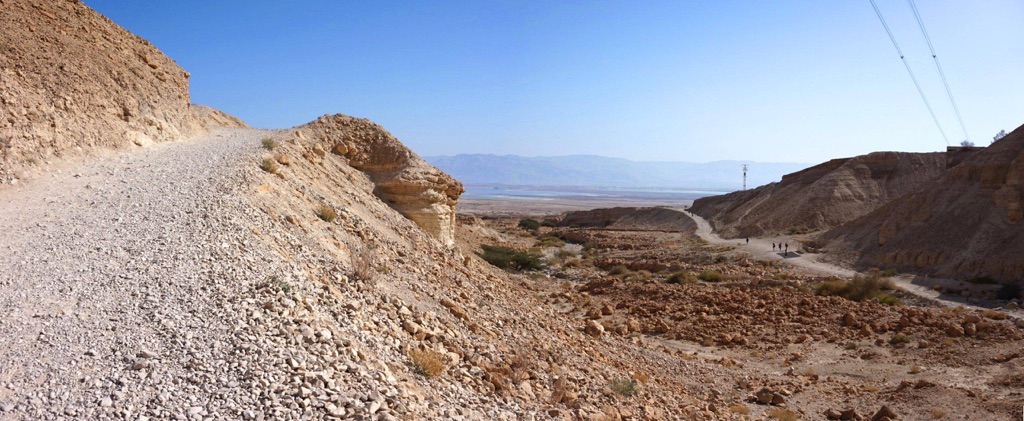
For those who wish to experience the stunning sunrise over the Dead Sea, the park opens as early as 5:30 AM. This early morning hike to the top of the plateau is a popular activity and offers breathtaking views.
Regardless of when you choose to visit, be sure to bring plenty of water, sun protection, and comfortable walking shoes. The terrain can be rugged, and the weather can be unpredictable.
Finally, keep in mind that the park can get crowded, especially during holidays and weekends. Plan your visit accordingly to avoid the crowds and make the most of your experience.
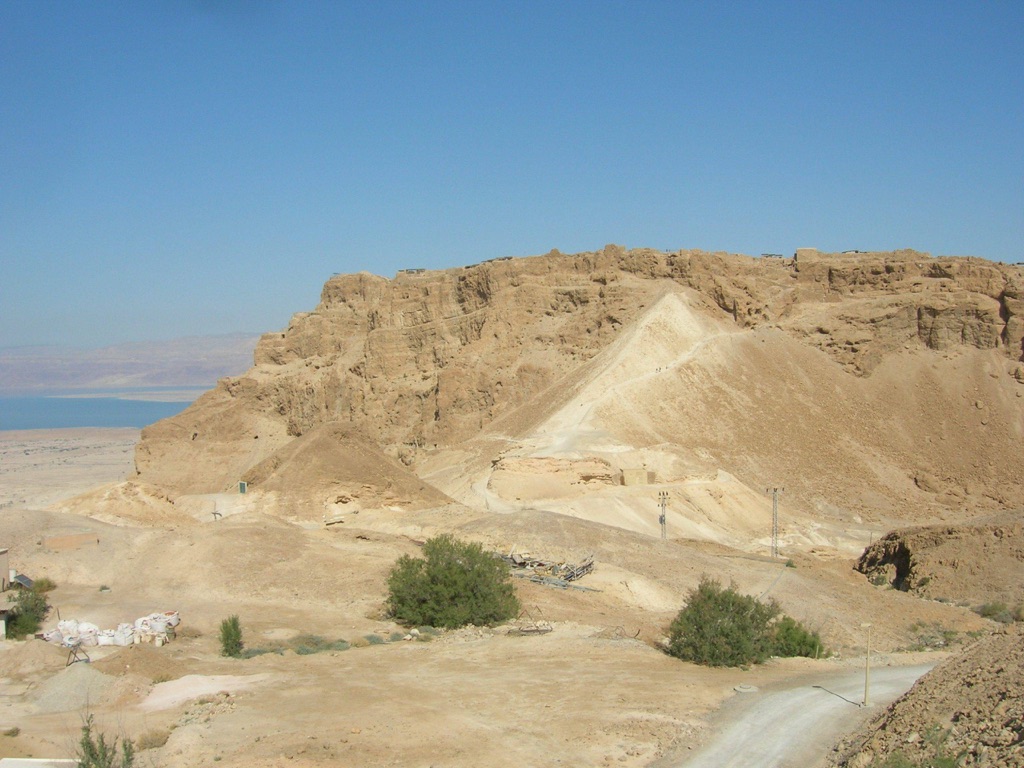
What is the significance of the Masada fortress in Israel’s history?
The Masada fortress holds a significant place in Israel’s history due to the events that unfolded there nearly 2,000 years ago. The fortress was the last stronghold of the Jewish rebels against the Roman Empire, and the story of their resistance and ultimate sacrifice has become a symbol of Jewish heroism and resilience.
The fortress was built by King Herod the Great, who ruled Judea under the Roman Empire from 37 BC to 4 BC. Herod was known for his grand building projects, and Masada was one of his most impressive. The fortress was designed to be a luxurious refuge in case of a revolt against his rule.
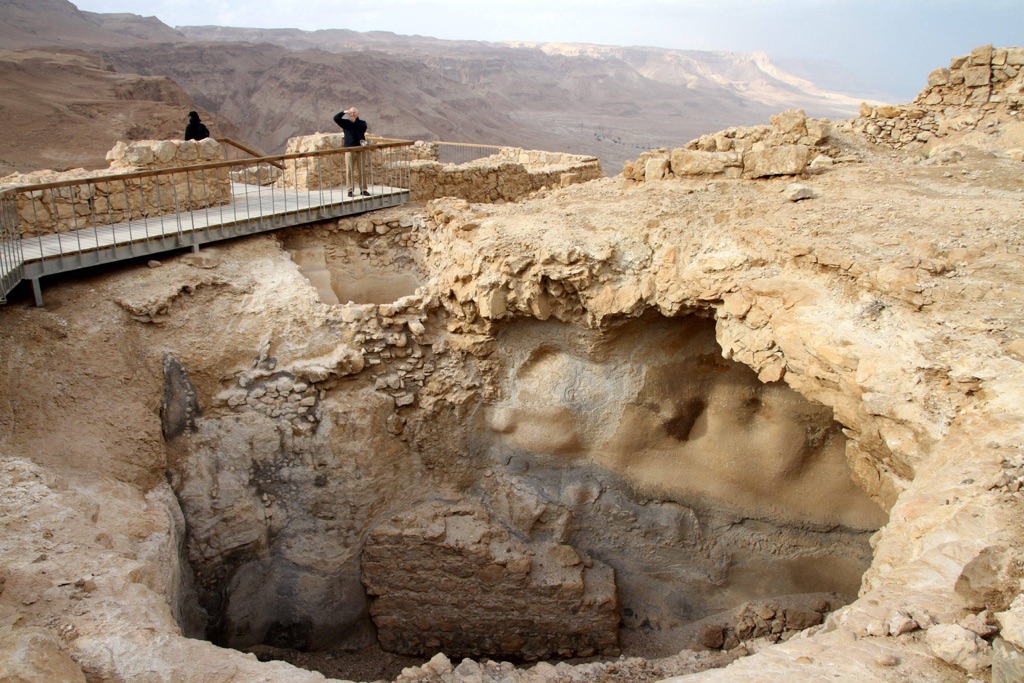
However, it was the events of 73 AD that truly marked Masada’s place in history. After the destruction of the Second Temple in Jerusalem, a group of Jewish rebels fled to Masada and held out against a Roman siege for several months. According to the historian Josephus, when it became clear that the Romans were about to breach the fortress, the rebels chose to take their own lives rather than be captured.
This act of defiance has been interpreted as a powerful statement of the Jewish people’s determination to remain free and has become a central part of Israel’s national narrative.
Today, Masada is a UNESCO World Heritage Site and one of the most visited tourist destinations in Israel. The site serves as a poignant reminder of the past and a symbol of the enduring spirit of the Jewish people.
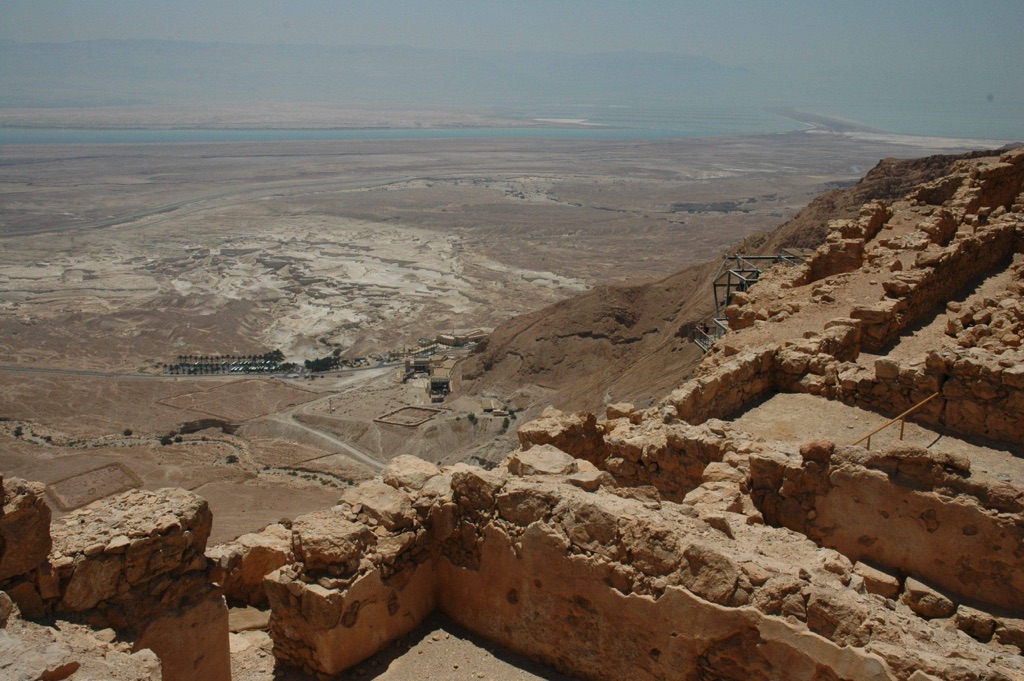
Conclusion and Sources
In conclusion, Masada National Park is a place of great historical and cultural significance. The park offers visitors a chance to explore the ancient fortress of Masada, learn about its history, and reflect on the resilience and determination of the Jewish people. Whether you’re interested in history, archaeology, or simply want to enjoy the stunning natural beauty of the area, a visit to Masada National Park is sure to be a memorable experience.
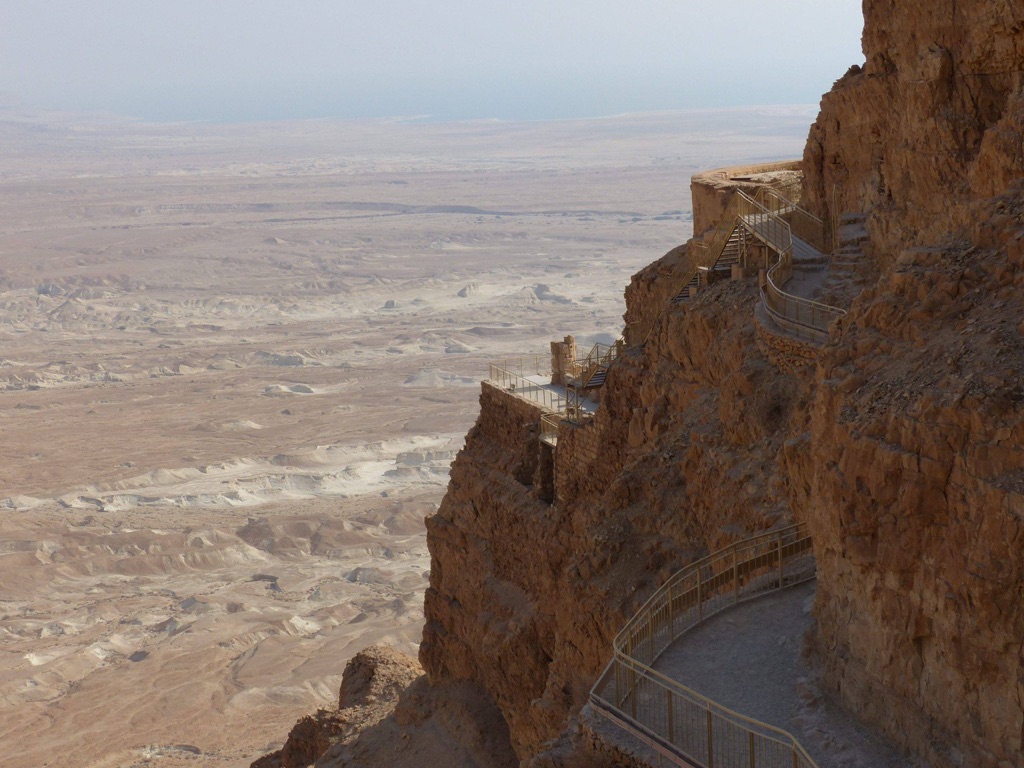
For further reading and research, the following sources are recommended:

